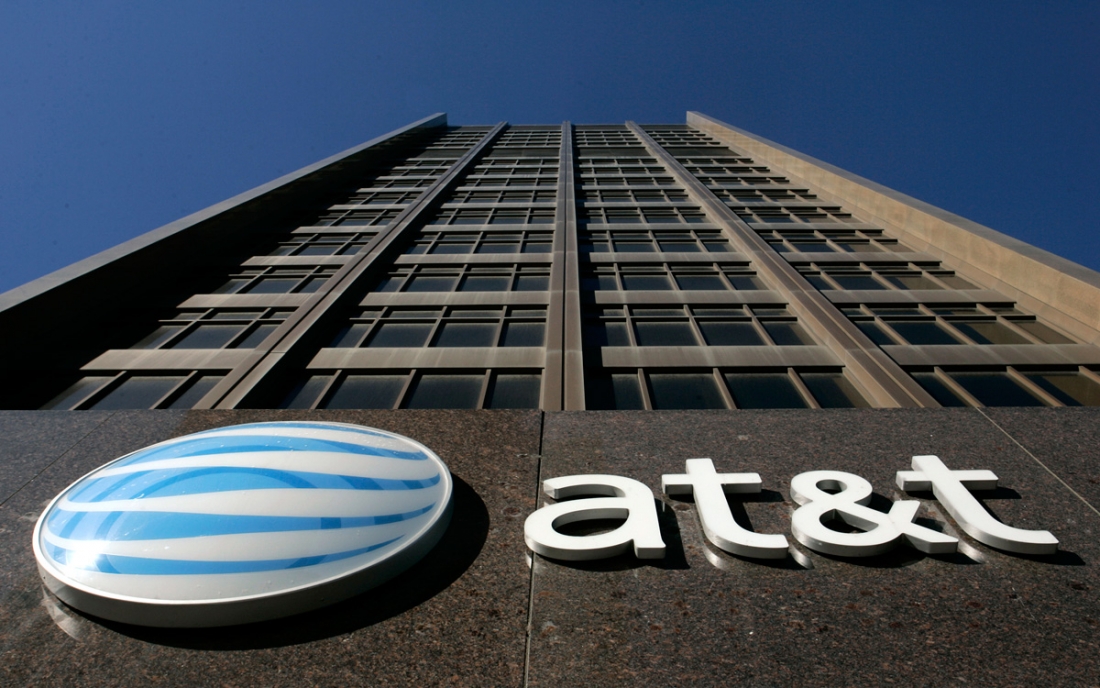Like other wireless carriers, AT&T has been researching 5G network technologies for years. Now that 4G is inching closer to being phased out, the nation's second largest mobile service provider is going public with its 5G roadmap.
AT&T said network function virtualization (NFV), software-defined networking (SDN) and millimeter waves will be among the technologies harnessed to make 5G a reality. The carrier added that they've been developing these technologies for years and have filed dozens of patents associated with them.
Looking ahead, AT&T said it aims to partner with Ericsson and Intel to develop 5G solutions in the lab starting in the second quarter of this year. Outdoor testing will commence over the summer, we're told, with field trials at fixed locations to begin by the end of the year.
Once in place, AT&T said it expects 5G networks to deliver speeds 10 to 100 times faster than the 4G LTE connections we use today. Speeds on 5G networks will be measured in gigabits per second, not megabits, AT&T added.
Last year, more than 60 percent of data traffic on AT&T's network was video.
John Donovan, Chief Strategy Officer and Group President, AT&T Technology and Operations, correctly points out that new experiences such as virtual reality, self-driving cars, robotics and smart cities are gearing up to test wireless networks like never before. 5G will be ideal for such applications, AT&T says, as it will support multiple radio interfaces, enable more spectrum efficiency and take advantage of SND and NFV.
Unfortunately, 5G networks are still several years away as the international standards body, 3GPP, isn't expected to complete the first phase of setting standards until 2018.
Image courtesy Paul Sancya, AP Photo
